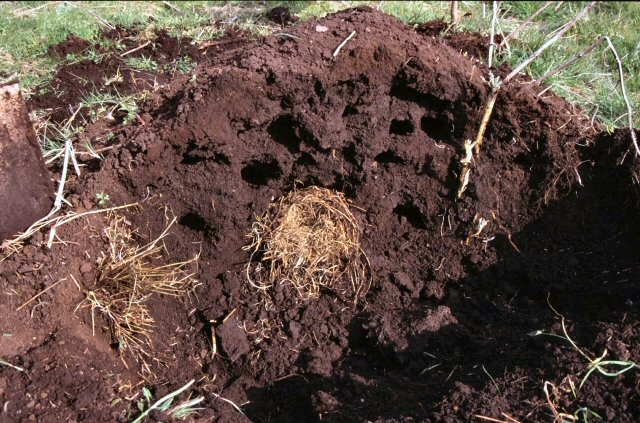Does My Property Have A Mole Infestation?

Moles will come into your yard in search of food. They eat insects, with earthworms being their primary food source. The disadvantage is what they can do to your lawn and landscaping as a result of this. Homeowners will be able to solve the pest problem faster if they can figure out what animal is destroying your lawn.
When it comes to lawn pests, knowing what kind of critter is causing the problem can be beneficial. Common signs of mole damage to a lawn can help you determine whether or not you have moles in your lawn. This way, if you need mole control, you’ll know you’re talking to the right person. The extent of damage they can cause and the time frame in which they can carry out their destructive habits moles are quite impressive.
Learn More: What You Should Know Before Removing A Mole
What Are The Signs Of Moles?
Molehills are a common early sign of moles tunneling beneath your lawn or garden. The molehills are small dirt piles that sit atop the grass. The hills are mostly a few inches high, but their size varies. Moles need to get rid of dirt as they tunnel through your lawn. They remove the dirt by making molehills.
Although moles burrow underground, their tunnels are frequently visible above ground. The tunnels usually appear as a raised area along the run in your lawn. Feeder tunnels are closer to the surface, allowing the moles to get closer to the insects they consume. These runs aren’t always in a straight line; instead, they twist around the lawn, where the moles go searching for food.
Because of their burrowing activities, moles generally cause plant damage. Moles displace dirt around bulbs and plant roots as they dig. The plant will die as a result of the exposed roots drying out. Plants in your garden can also be shifted or displaced by mole tunnels, causing damage.
Why Are Moles In The Yard Bad?
Plant roots are not eaten by moles, contrary to popular belief. On the other hand, their burrowing activity can damage roots, especially in flower beds and lawns. Tunnels built by moles are utilized by other pests that will attack roots.
When moles burrow in your yard, their tunnels can leave visible trails, and when moles operate near the surface, they can damage grassroots, leaving unsightly brown patches behind. Mole activity can cause holes in your lawn, and their tunnels can easily cave in if stepped on, resulting in injury.
How To Remove Moles From Your Property?
Looking for a quick and easy way to get rid of moles in your yard? You won’t be able to get rid of them with a magic spray or device. Some people try to sell castor oil or soap-based mole-removal sprays, but they don’t work. They try to sell ultrasonic sound emitters as well. These devices are ineffective at removing moles. Countless homeowners have reported that these methods have failed, and biologists know that these methods won’t work.
There is no such thing as a mole repellent that works. Trapping and removing the animals is the only way to solve your problem. If you’re looking for a professional trapper in your area, contact Animals Happen for a complete mole removal service. Our pre-qualified wildlife professionals will remove all moles and advise on actions to prevent moles from returning in the future.
